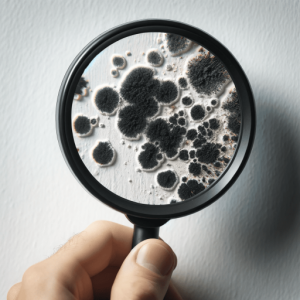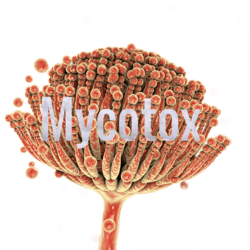

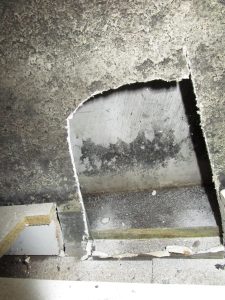
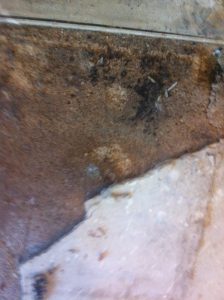
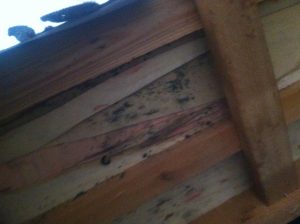
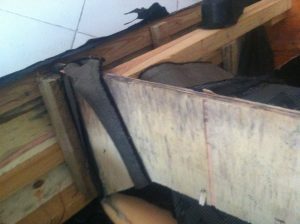
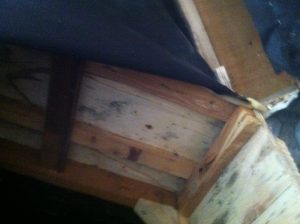
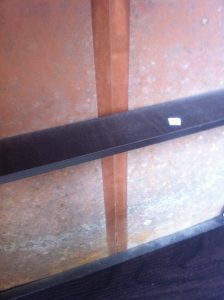
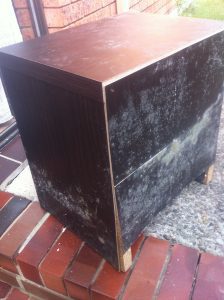
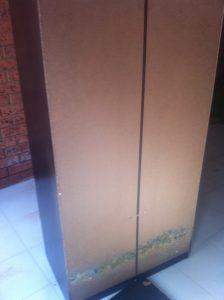
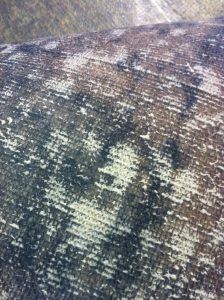
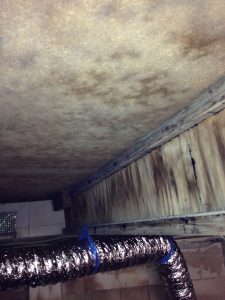
Revealing Hidden Hazards
Hidden Hazards to occupants will include mould, bacteria, viruses or further chemical exposure. It may also include chemicals within soils due to pass land use, which may include, heavy metals and soil contaminates like PFAS and PFOA. Some individuals can react to trees which oxygen, they also release compounds that can react in the air to create lung-damaging ozone. So, health in your home can be affected from inside and outside your home. Call Mycotox for a free 15 minute phone consultation.
What are The Hidden Hazards
Soil Contamination
Hidden Building Contamination
-Wall Cavity Mould and Bacteria
-Leaking Water Pipes
-Ceiling Insulation
-Asbestos
–
Airborne Chemical Exposure
Testing for Hidden Hazards
Our company looks at not only the fungal component in water damaged building but looks at the wide spectra of microbial contamination to include the following when required:
- Moisture levels using infra-red cameras, and moisture meters to validate the infra red’s findings
- Humidity readings and vapour pressure
- Drilling and installing relative humidity probes to determine actual moisture in concrete when required.
- Adsorption tubes to collect Microbial Volatile Organic compounds which can then evaluated with FTIR technology.
- Sub floor testing of any moisture components
- Collecting Airborne samples for bacterial and fungal but to a DNA level
- Sampling for Bacterial Endotoxins
- Sampling for Fungal toxins (Mycotoxins) in the house dust
- Testing for airborne PM 2.5 and below microbial particulate levels- these fine particulates have been documented to carry Fungal toxins and fragments of bacterial cell walls, as well fungal particulates have been documented to be infected in some cases with viruses (Mycoviruses)
- Genetic fungal DNA to determine species as required and where biopsy tissue is available cross matching of the species located at the exposed site
